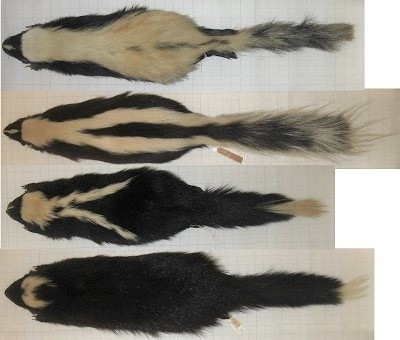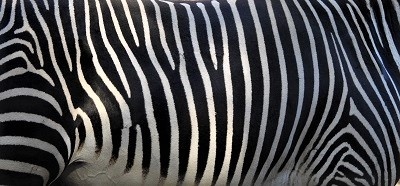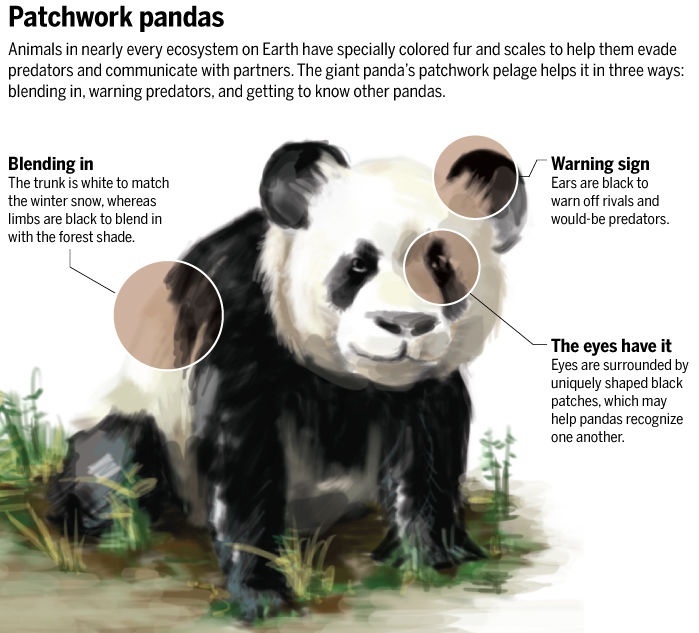Evolution of Bold Coloration in Mammals
Many animals that have effective defenses against predators also advertise their abilities to predators in order to deter further attack. "Aposematic" coloration includes bold colors and/or patterns that are easy to detect, recognize, and remember and these patterns serve as warning signals to predators. Predators that have negative experiences with defended prey learn to associate these patterns with the negative experience and are less likely to attack other individuals with those patterns in the future. While this phenomon has been studied extensively in other taxa, we are interested in the evolution of warning coloration and bold coloration in general in mammals.

We are actively exploring the evolution of bold warning coloration in several groups of defended mammals. Previous work includes studies of the evolution of warning coloration in stinky carnivores like skunks, polecats, and badgers, suggesting that the more powerful and stinky the defense the more salient the color pattern becomes. Currently we are investigating the unusual variation in stripe patterns in skunks, including what causes local variation and whether or not it is an honest signal of stinkiness. We are also actively studying how predators learn about skunk coloration, teasing apart the roles of pattern and contrast using experiments on captive coyotes and responses of wild carnivores to furry prey models caught on camera traps.

In collaboration with Tim Caro of UC Davis, we have a long history of asking why some mammals have black-and-white coloration. We have shown the zebras evolved stripes in order to avoid being bitten by biting flies that suck blood and transmit diseases. While stripes may have other benefits as well (confusion of predators, camouflage, thermoregulation), it appears that stripes make it difficult for these parasites to detect and ultimately land on zebras, giving them a distinct advantage.

Caption: Patchwork Pandas. Animals in nearly every ecosystem on Earth have specially colored fur and scales to help them evade predators and communicate with partners. The giant panda's patchwork pelage helps it in three ways: blending in, warning predators, and getting to know other pandas. Blending in: the trunk is white to match the winter snow, whereas limbs are black to black to blend in with forest shade. Warning sign: ears are black to warn off rivals and would-be predators. The eyes have it: eyes are surrounded by uniquely shaped black patches, which may help pandas recognize one another.
We have studied the amazing black-and-white patterns of giant pandas, showing that the black fur likely helps conceal them in shady forests in the summer and the white fur likely helps conceal them in the white snow in winter. Black ears signal ferocity and black eye patches are probably used in individual recognition by other pandas. Using large scale studies of images and natural history, we can begin to tackle interesting questions like these!
Work focuses on coloration in pigs, seals and sea lions, and whales and dolphins; facial coloration patterns in carnivores; and flash coloration in antelope and rabbits!





